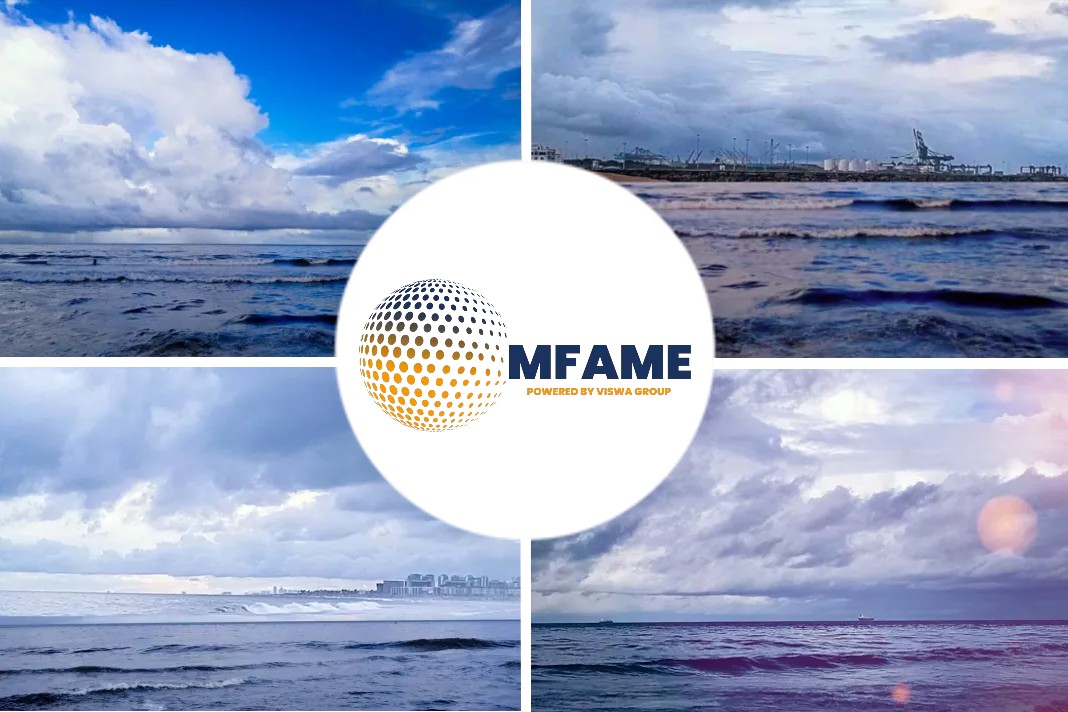
UK MAIB published its report on the grounding of the general cargo vessel Kaami, on 21 March 2020, on the west coast of Scotland.
The incident
On 19 March 2020 the general cargo vessel Kaami arrived in the port of Drogheda, Ireland to load a cargo of 1927 tonnes of solid recovered fuel (SRF)1. During the two-day port call the chief ofcer (C/O) was overseeing the cargo operations and so the master carried out chart updates on the vessel’s ECDIS and planned the voyage to their next port of call, Slite, Sweden.
At 2030 on 21 March 2020 with the cargo loading completed, Kaami departed Drogheda. The vessel’s draughts on departure were 4.90m forward and 5.40m aft.
Kaami’s voyage proceeded up the Irish Sea, through the North Channel and, at 2024 on 22 March, the vessel reported into Stornoway Coastguard Operations Centre (CGOC) on entering the Minches voluntary reporting system.
At 2255, Kaami’s master reported to Stornoway CGOC using very high frequency (VHF) radio as the vessel entered the Of Neist Point trafc separation scheme (TSS) at reporting point ‘E’. The weather had deteriorated since departing Drogehda and was then a south-westerly Beaufort force 6 to 9 with a rough to very rough following sea condition. It was a dark night, with total cloud cover, but visibility was good.
Just before 2300 (midnight ship’s time), the ship’s C/O, along with an able seaman (AB) to act as lookout, arrived on the bridge to take over the navigation watch from the master.
After completing the watch handover with the master, Kaami’s C/O settled into his watch with the lookout who, in keeping with the company’s manning requirements, kept a bridge watch only in the hours of darkness. The C/O was using the starboard radar and back-up ECDIS display near the centre line conning position while the lookout stood on the port side of the wheelhouse next to the main ECDIS unit.
On 23 March, Kaami’s C/O contacted Stornoway CGOC on VHF radio to advise that the ship was approaching reporting point ‘F’ which marked the start of the International Maritime Organisation (IMO) recommended northerly route between the islands of Fladda-chuain and Eileen Trodday.
Kaami continued along the planned track, which did not follow the recommended route but instead took a route approximately 1nm to the north of the southern cardinal mark on Eugenie Rock. Kaami was making good an autopilot-controlled course of 032° and a speed of 10.6kts.
At 0135, a watchkeeper on the fshing vessel Ocean Harvest contacted Kaami on VHF radio to warn that Kaami was heading into ‘shoal waters’. Kaami‘s C/O responded promptly to the call, and after changing radio frequency to a working channel (Channel 67) he thanked Ocean Harvest’s watchkeeper for the information, confrmed that he understood and that he would be altering the vessel’s course in the next few minutes.
Soon after, Kaami‘s C/O used the autopilot to alter course 10° to starboard at waypoint 19, in accordance with the voyage plan.
At 0141, Kaami‘s C/O and the lookout felt two heavy impacts and the vessel came to a stop. The deck lights were switched on and the C/O realised that the vessel was aground, and he put the telegraphs to stop.
Probable cause
After examining the incident, UK MAIB concluded the following:
- The mandatory generic and type specific training for the electronic chart display and information (ECDIS) system were not successful in providing the crew of Kaami with the skills and knowledge necessary to use the vessel’s ECDIS safely.
- Although manned in accordance with the flag state requirements, the on-board operation did not allow adequate opportunity for the chief officer to plan the voyage and for his plan to be checked and verified by a second member of the bridge team as required by the vessel’s safety management system.
- The safety management system did not provide adequate safeguards for voyage planning and ECDIS use, and the vessel operator’s internal auditing program did not identify shortfalls in voyage planning and ECDIS use.
Recommendations
Additionally, recommendations have been made to Misje Rederi AS to review the number of watchkeepers on its vessels with the aim of minimising the hazards associated with fatigue, improve the guidance given in its safety management systems on the effective use of ECDIS and of bridge lookouts, and to enhance its ability of conduct internal navigation audits.
Did you subscribe to our daily newsletter?
It’s Free! Click here to Subscribe!
Source: UK MAIB





















